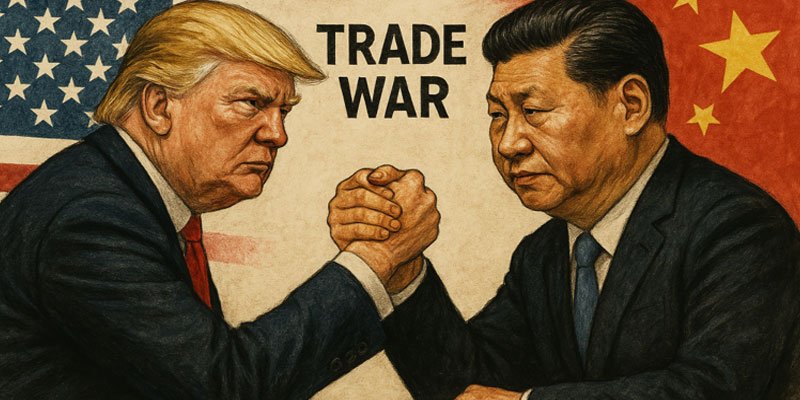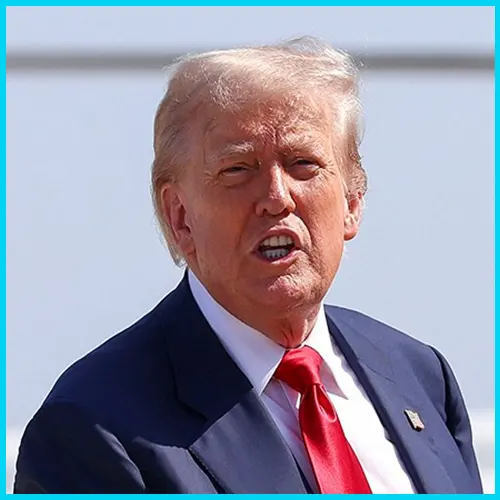
Trump's Trade Grip: How India and China Faced Off
As U.S. President Donald Trump intensifies trade pressures, India and China exhibit starkly different responses, shaped by their geopolitical alignments and economic strategies. On Buddha Purnima 2025, a U.S.-China trade war truce was announced, coinciding with India’s ceasefire with Pakistan after the April 22 Pahalgam attack. Prime Minister Narendra Modi highlighted a new anti-terrorism doctrine but sidestepped U.S. claims of brokering the ceasefire, despite Trump’s assertion of a pivotal role. India’s claim that the ceasefire was negotiated by military officials raises questions, as such decisions are inherently political, suggesting possible third-party mediation—a breach of India’s stance against external involvement.
Trump’s strategy frames the U.S. trade deficit as a subsidy to other nations, ignoring how developing countries’ low-wage goods enable affordable U.S. consumption. His proposed high tariffs, intended to enrich America, will likely raise consumer prices, as tariffs are indirect taxes. While Trump delayed tariffs by 90 days for most partners, China faced immediate hikes, escalating to 145% and 125% before both sides negotiated a 115% reduction. China’s bold retaliation, diversification of trade away from the U.S., and accelerated tech development—evident in Huawei’s chip facility expansion—forced Trump to compromise. Conversely, India preemptively cut tariffs in its Union Budget and is negotiating a trade deal without challenging Trump’s “tariff king” label or WTO-based fairness.
India faces pressure to open its agriculture and buy costly U.S. defense and energy products, risking its farmers’ livelihoods. Unlike China, which leverages alliances with Pakistan and Russia, India navigates a transactional U.S. relationship, with limited support during past crises like Doklam and Ladakh. The U.S.-brokered ceasefire, while stabilizing, underscores India’s vulnerability to external mediation, especially amid public pressure post-terrorist incidents. Modi’s doctrine risks escalation with Pakistan, potentially requiring further third-party intervention.
India’s response contrasts with China’s technological self-reliance, seen in Huawei’s defiance of U.S. sanctions, and aligns with digital-first trends like India’s EOS-09 satellite launch for enhanced surveillance. To counter Trump’s pressures, India must strengthen internal unity, invest in education, and advance technology, as seen in Operation Sindoor, to assert strategic autonomy and protect its economic interests.











